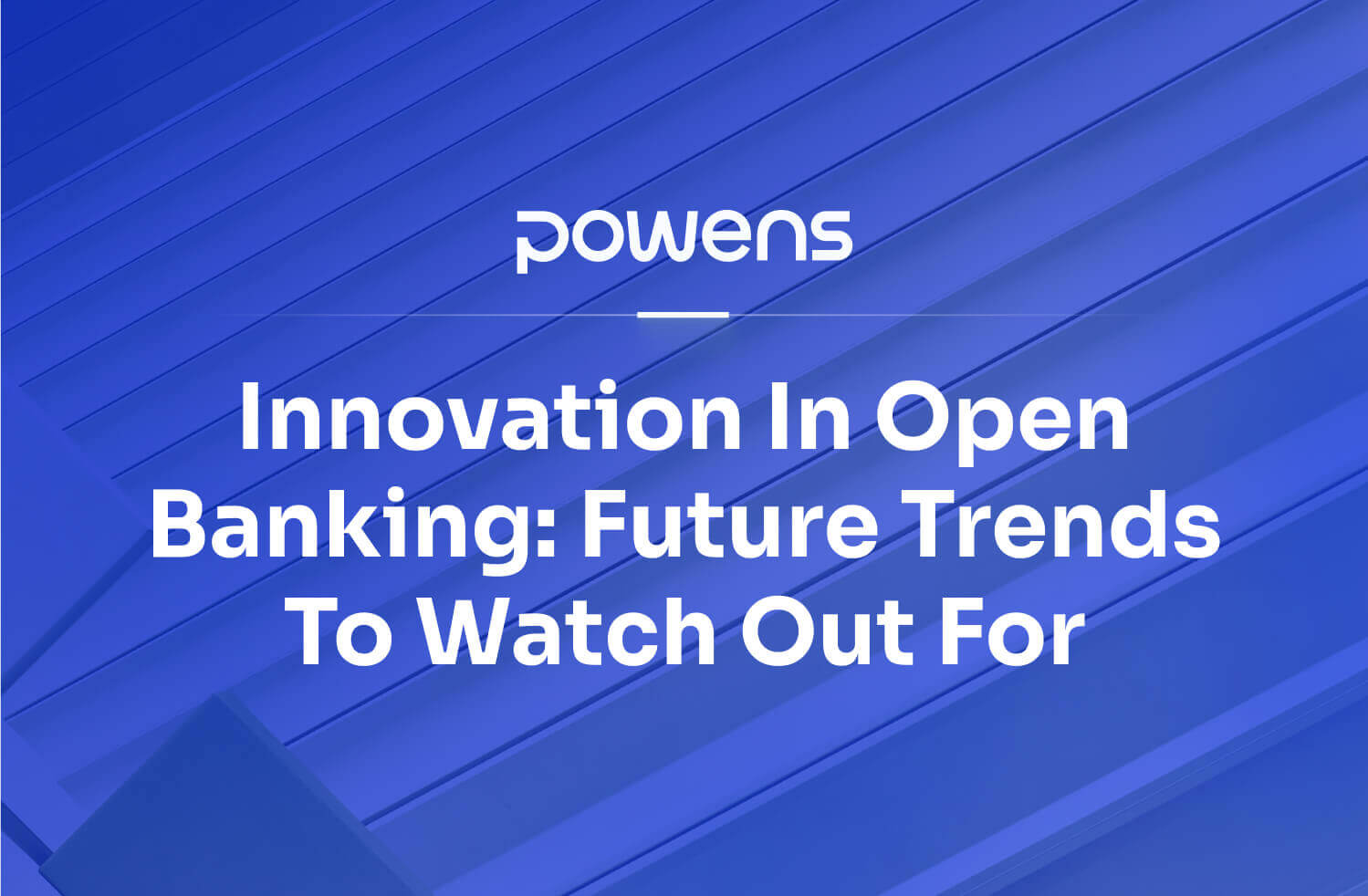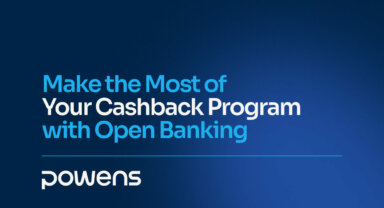Ever since the PSD2 came into force, Open Banking has completely reimagined the financial services industry in France and across Europe. With APIs at its heart making innovation ever more possible, Open Banking has had a massive impact on the industry. In France alone, trust in Open Banking continues to grow, with over 60% of consumers willing to share their financial data with trusted third-party providers –– a significant shift in consumer behavior.
With no signs of slowing down, this article explores how continued innovation will shape the future, so you can stay informed about the most important Open Banking trends to watch out for in the coming years.
Regulatory changes and compliance (PSD3 & PSR)
What are PSD3 & PSR?
The EU payment services and electronic money frameworks are about to change with the forthcoming PSD3 (Payment Services Directive 3) and PSR (Payment Services Regulation). The European Commission unveiled the drafts last year, which aim to expand financial data access and enhance user security. These rules are designed to reinforce the existing standards set by PSD2, which focus on greater consumer safeguards and encourage Open Banking while introducing more competition in payment services across Europe.
Key changes expected
- Better consumer protection: New rules will make it harder for fraud to occur by requiring stronger authentication and ensuring that banks check the payees’ IBANs against the account name on all credit transfers.
- More open financial ecosystem: PSD3/PSR will enable non-bank payment service providers to have more access to bank accounts and consumers, leading to a better open financial ecosystem.
Ledgity, leveraging Powens’ Open Finance solutions, created France’s first crypto-wealth management platform that seamlessly integrates various wealth data. This integration has empowered financial advisors and investors with real-time portfolio management, showcasing the expansive potential of Open Banking beyond conventional financial services.
Implications for financial institutions
With the implementation of PDS3 and PSR, The European Commission aims at “further leveling the playing field between banks and non-banks”, creating more competition but also collaboration. Financial service companies must prepare accordingly, as dealing with these provisions will require investment in technology and other related processes. On the flip side, PSD3 and PSR will also pave the way for new service levels to be available, which can lead to happier customers.
Therefore, for financial institutions, these changes mean not just compliance challenges but also vast opportunities. PSD3 will expand access to financial data, allowing institutions to innovate on a secure, standardized framework, thereby enhancing consumer trust. Meanwhile, PSR aims to fortify the security of payment services, reducing fraud and increasing transaction efficiency.
👉 Read more about how Open Banking works in this article: All About Open Banking
Machine learning & AI in Open Banking
Transforming data management
Artificial intelligence and machine learning in Open Banking are improving data management, allowing financial institutions to offer personalized financial advice, combat fraud more effectively, and improve credit risk. Customer experiences are also being positively redefined. With AI-powered chatbots able to handle up to 80% of customer inquiries, human agents can concentrate on more complex customer needs.
Practical applications
- Personalized financial advice: Tailored financial recommendations from AI that analyze huge volumes of data can provide customers with more personalized financial advice to improve their overall wealth.
- Fraud detection: ML algorithms can track abnormal patterns and inconsistencies within transactions, which helps to decrease the threat of fraud.
- Limiting credit risk: Leveraging AI allows lenders to process larger amounts of real-time financial data instantly and detect subtle patterns in financial behavior to make better decisions about granting and managing credits.
- Improved customer service: AI-enabled chatbots and virtual assistants can offer immediate help, offering the customer a better experience.
One example of Open Banking’s impact is the collaboration between Powens and Leano, where the integration of Powens’ Bank solution into Leano’s lending platform provided a wholesaler in the IT sector with streamlined financing solutions. This partnership led to a tripled revenue and operation speeds six times faster, demonstrating how advanced data management transforms business financing.
What is the future of AI in Open Banking?
As AI and machine learning technologies advance, so will their integration into Open Banking. There’s no doubt that financial institutions merging with these technologies will improve operational efficiencies and raise the bar in terms of customer interaction experience.
Increased consumer adoption
The rise of Open Banking
Open Banking adoption is gaining traction across Europe as more consumers recognize the advantages of innovation, transparency, and control over data. In fact, the continent
counted around 12.2 million Open Banking users in 2020, while in 2024, it’s expected to reach almost 64 million –– a more than 5 times increase in four years. So how should financial institutions react to this growth?
Tactics for financial institutions
For prosperity in this area, financial mechanisms must give customers instructions about Open Banking and make efforts for easier experiences. Key strategies include:
- Consumer education campaigns: educating consumers about the safety and convenience of Open Banking.
- User-friendly Interfaces: Creating platforms that are intuitive and easy to navigate, ultimately improving the user experience.
Case study: the French market
Open Banking is quickly gaining ground in Europe, with France at the forefront of adoption. Delta’s transformation from a crypto tracking app to a comprehensive investment tool using Powens’ Open Finance solutions exemplifies the adaptability of Open Banking. It now allows users to manage a diversified portfolio –– including both traditional and digital assets –– reinforcing the role of Open Banking in meeting diverse consumer needs and driving adoption.
Advancements in A2A payments
What are A2A payments?
Account-to-account (A2A) payments are changing transactional framework models by providing an alternative to conventional brick-and-mortar payment methods. A2A payments make it possible to conduct direct bank-to-bank transactions, which, in turn, will cut costs and process time.
Benefits of A2A payments
- Cost efficient: Transaction fees are much lower compared to different traditional payment methods.
- Speed: Provides end-to-end real-time transaction processing, giving the desired performance to users.
- Security: Enhances safety with robust encryption and real-time fraud detection, safeguarding against unauthorized transactions.
Business and consumer impact
A2A payments are expected to see a compound annual growth rate (CAGR) of 13% through 2026, potentially capturing a significant portion of the global e-commerce market, estimated at over €750B. The trend of A2A payments may well become a key driver to move financial transactions towards real-time and digital-first –– meaning lower transaction costs and better cash flow management for businesses and faster, more secure payment options for consumers.
Open Banking trends: Potential in the French market
Powering Open Banking innovation in France
As a standout, France is leading the way in Open Banking and taking advantage of unique innovation opportunities. The regulations enable French financial institutions to connect with the country’s strong digital ecosystem through Open Banking solutions and can serve as a model for other European nations.
Cross-industry integration
The potential of Open Banking standards to be extended beyond use in only a financial domain into more analog sectors, such as healthcare and government services, is transformative. These integrations can improve the service delivered and general operation efficiency, keeping both consumers and businesses happy.
Powens: Your Open Banking partner
At Powens, we are at the forefront of integrating Open Banking into everyday financial operations, offering unmatched opportunities for financial institutions to innovate and improve their customer experiences. Our comprehensive platform empowers financial leaders to leverage the latest in Open Banking, preparing them for the future of finance.
Get started with Powens today
We’re proud to enable financial institutions, Fintechs, and software vendors across Europe and LATAM to create innovative products and streamline their financial operations with the only platform that integrates Open Finance and Embedded Banking.
Our Open Banking Platform empowers more than 280 leading financial institutions and 7 million end-users with comprehensive, embedded, frictionless, and fully automated banking and payment experiences.
Get started with Powens today and see how Open Banking can transform your business.


 Feb 10, 2024
Feb 10, 2024 














